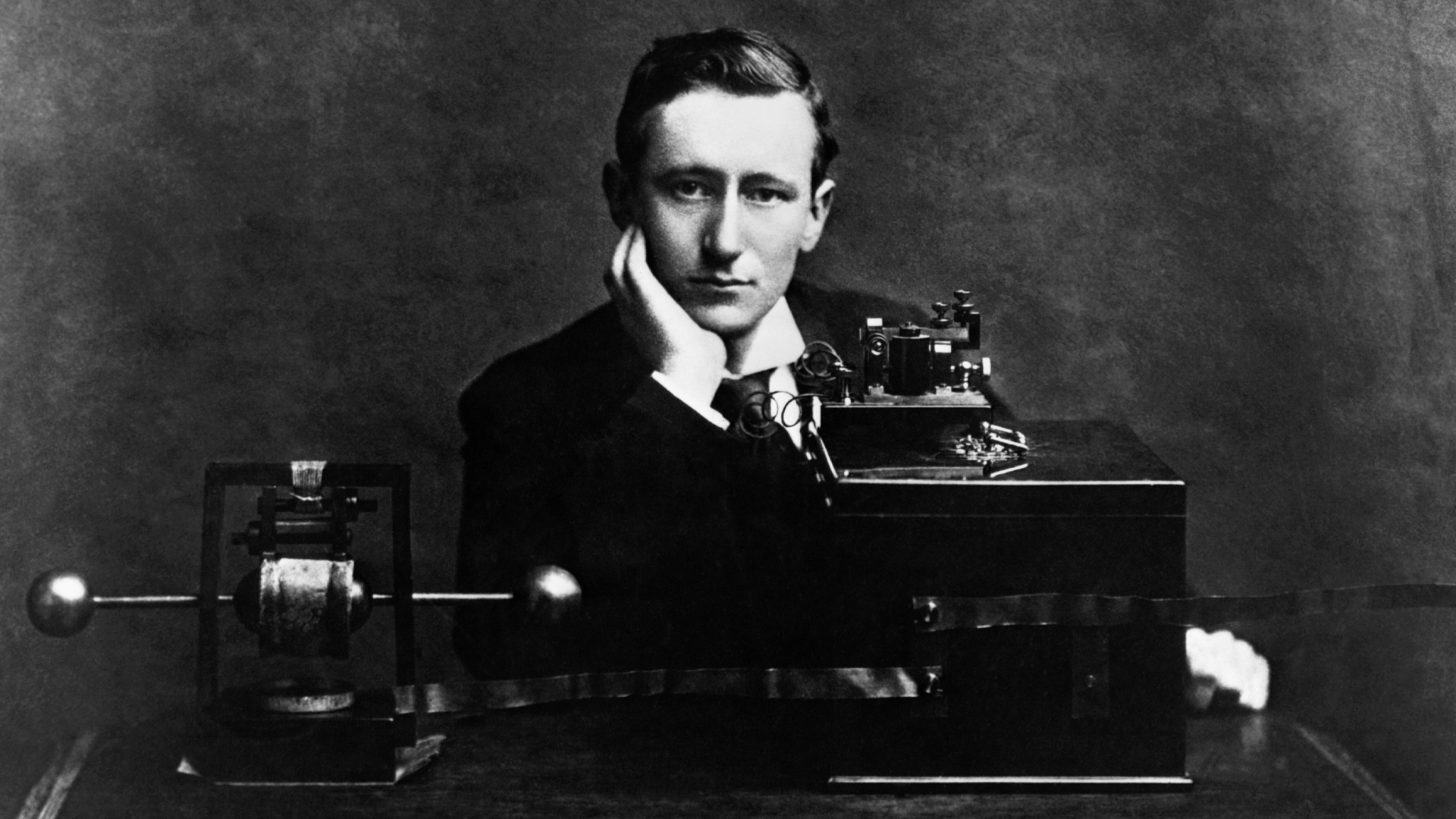The Italian inventor and engineer created the world's first the successful long-distance wireless telegraph
Born in Bologna in 1874, Guglielmo Marconi was an inventor, electrical engineer, and subsequently a forefather of wireless communication. His father made sure he had the best tutors and teachers, taking a great interest in science. In 1894, he began testing how to communicate wirelessly. He used his father's attic as a lab to test signals across the room, then down the hall, then across a field, and eventually at greater distances. He accomplished all of this by the time he turned 21.
The English government took interest in his discoveries. In 1889, his work was added to ships, allowing them to send messages to each other and to the shore. In the same year, he managed to send wireless communication between England and France across the British Channel. In 1909, Marconi won the Nobel Peace Price in physics. In 1932, Marconi's research into the characteristics of shorter waves lead to the opening of the world's first microwave radiotelephone link between the Vatican City and the Pope's summer residence at Castel Gandolfo, located approximately 27 miles outside of Rome.

Marconi sitting at a radio (Photo Credit: Getty Images)
Marconi passed away in Rome in 1937 at the age of 63. In his lifetime, he made contributions to wireless communications that we still greatly benefit from today.


